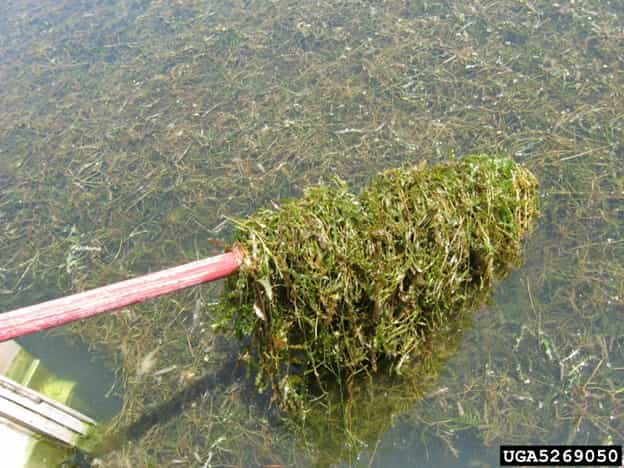
The Minnesota Department of Natural Resources has classified 13 high-risk invasive aquatic plants, fish and invertebrates as prohibited invasive species. All but one (jumping worms) are AIS.
Here are the 13 new AIS: mitten crab, Nile perch, snakehead family, walking catfish family, yellow floating-heart, tench, golden mussel, marbled crayfish (marmorkrebs), golden clam, tubenose gobies (any fish belonging to the genus Proterorhinus), and eastern mosquitofish.
For more information on these new AIS, you can check out the DNR’s website.








